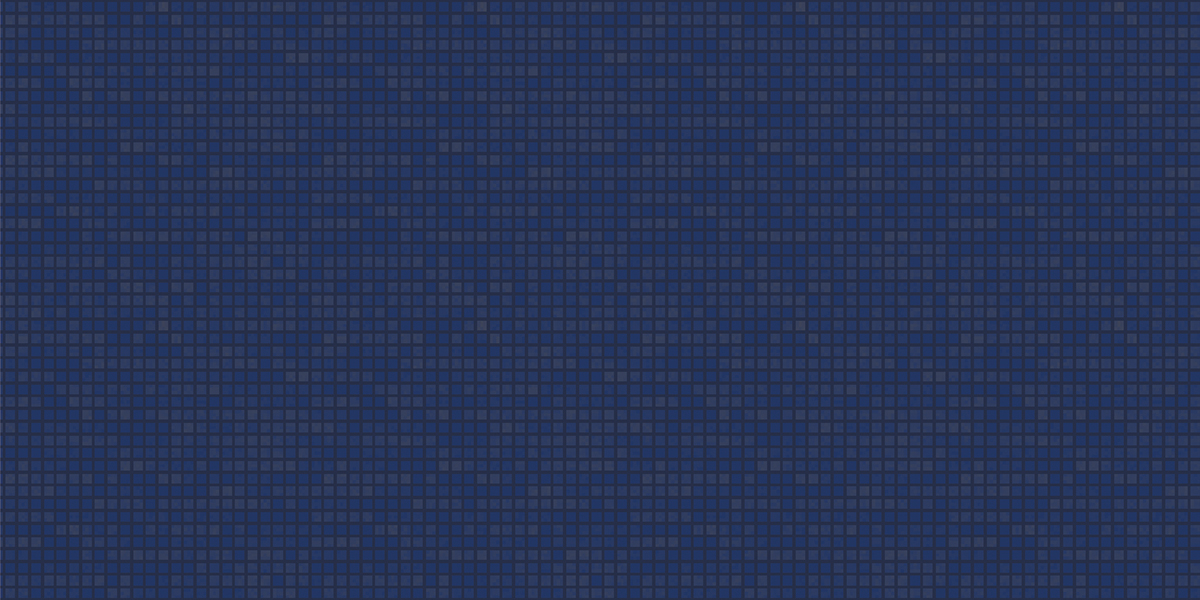UCLA Design Media Arts is one of the 2018 winners of the Journalism 360 Challenge. See all the winners.
Team
- Lauren McCarthy, Assistant Professor
Project Description
This project explores the possibilities opened up by bringing an immersive technique to the documentation process itself. The goal is to subvert the typical journalist-subject relationship which often revolves around (and is hyperconscious of) a recording device. Instead, stories are collected in, and collected by, the environment where people feel the most comfortable—their own homes.
The familiar and curious framework of the smart home is utilized. Similar to the Amazon Alexa or Google Home system, the home environment will be outfitted with capture devices (cameras, microphones, and sensors), as well as assistive devices (controllable lights, outlets, music, tea kettle, etc). However, rather than a virtual AI assistant controlling the system, the journalist will take on that role. Physically remote from (not physically present in) the person’s home, they will be able to use a custom-designed interface to hear and see the person, talk to them, and assist them by adjusting the home devices.
Rather than a short, high-pressure interview, the journalist spends one or more days following the flow of the person’s life, ambiently getting to know them, and having conversations about the stories they have to share. The intention is to create a safe and intimate immersive environment for documenting stories. By acting as home assistant as well as journalist, the journalist cares for and serves the person they are working with, and a collaborative trust and respect may develop.
It is important to note that while the smart home system will be recording continuously during the period, the subject will have final say over any footage or data that is used in the final video. This way, they may feel more free to be themselves. I believe there is potential here to access and authentically tell stories that people might not otherwise be able to share. The goal is not to pry into private matters, but instead to give people a more intuitive and comfortable way to share what they’d like to.
The prototype would follow four different stories, focusing on people who are mostly confined to their homes due to illness, disability, social isolation, or other factors. The final output will be a series of four short (3-4 minute) stories told using 360 video. They will be created using audio, video, sensor data, and interviews conducted during the remote assistant homestays, captured by the installed smart home system. I am particularly interested in experimenting with ways that home sensor data could be integrated to deepen the storytelling experience. For example, the temperature, light levels, or motion detection in the space could be used as an editing mechanism, affecting the rhythm of editing cuts or color treatment of video.
In addition to the 360 video stories, the software and hardware system I develop would be released with an open source license that would allow anyone to utilize or build on the system and create their own stories. Guidelines for working with people in this way, introducing the system, and debriefing afterward will also be shared. I imagine that this could be used both by professional journalists, as well as family members or friends that want to capture the story of someone close to them.

